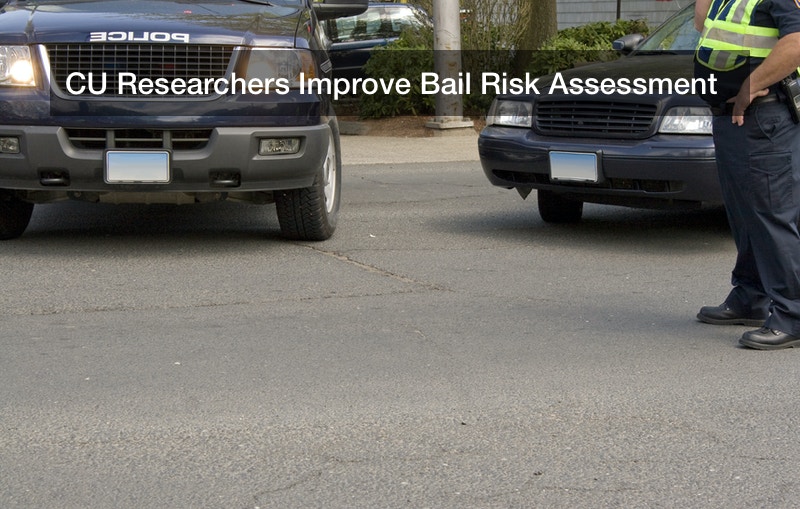CU Researchers Improve Bail Risk Assessment

Faculty members at the University of Colorado have been reviewing the Colorado Pretrial Assessment Tool (CPAT) and have come to some interesting conclusions. Concerns over the accuracy of the test have long been thought to impact its results, but two faculty members at the college might have uncovered a way to make it more accurate.
The risk assessment is key in reducing the sentencing gap between perpetrators of crime who can and cannot pay bail. These tests are typically performed within the first day of arrest when you’re booked for a crime in Colorado. A growing number of communities across the country have begun to realize that the bail system is in need of change: after all, why can’t people without the bail money stay in custody while others are simply allowed to walk free with enough money. As such, an increasing number of judges have been relying on risk assessments to reduce recidivism. Recidivism is also known as a criminal’s tendency to commit future crime. By assessing recidivism before the trial, legal systems may allow people to be released on bail based on their score.
As such, CU faculty members were awarded two grants in order to revise Colorado’s current CPAT. Assistant professor of criminology and criminal justice Victoria Terranova and associate professor Kyle Ward worked with just over $140,000 in grants from the Colorado Office of State Planning and Budgeting and the college. The result is the CPAT-R which stands for Colorado Pretrial Assessment Tool Revised.
The study began when the faculty members in question assessed 25 counties in Colorado. Here, they analyzed whether underlying factors like race, gender, and ethnicity were a part of the screening process. Just like a modern lab is able to test for ingredients lower than .1% in a mixture, these professors realized that overlooked factors could make a big impact in the overall risk for recidivism.
The original CPAT test went from a score of zero through 82 points split into four separate categories. A score closer to zero means that the criminal in question has a low risk of getting arrested again. A higher score that’s closer to 82 is the opposite.
Over the span of more than two years, the UC staff determined a better way to improve the test’s accuracy. Accounting for these other factors (race, etc.) revealed that the test was better able to predict future recidivism than the original test. They completed their assessment by pilot-testing the CPAT-R test in seven counties for more than three months each.
In fact, the CPAT-R is on the same level as validated pretrial risk assessments used throughout the country.
“The CPAT-R is probably one of the only tools out there that has actually been confirmed in terms of being assessed and balanced and looked at in these differences in predicted performance,” explains Terranova. “There’s a lot of focus on how these decisions are made and how these decisions can be effectively made moving forward. Maybe these tools can contribute to that.”
The average person stressing over legal processes may only be concerned with opening their own business or getting married for the first time. At least 50% of women claim that planning their wedding was more stressful than they thought it would be. But for the lawmakers and legal representatives taking action against bail discrimination and seeking reform around the country, issues like these are paramount.



